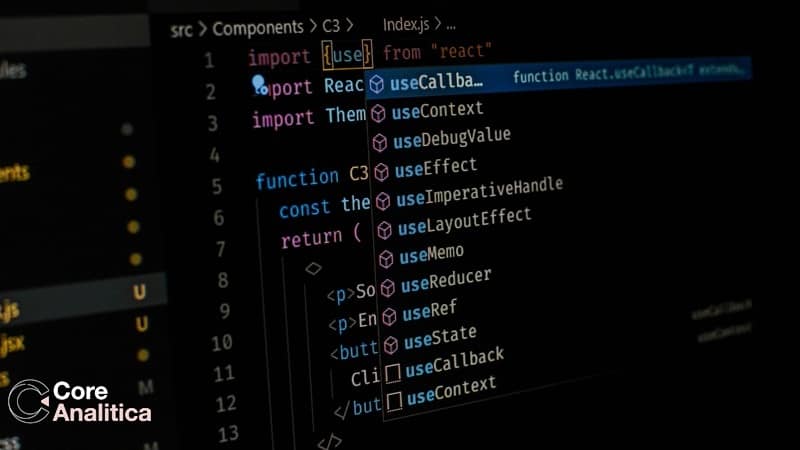
Notebooks in Microsoft Fabric: The Power Duo of SQL and Python for Modern Data Workflows
Microsoft Fabric redefines the role of notebooks in data analytics by placing them at the core of its unified platform. More than just a place to write code, notebooks in Fabric serve as a collaborative canvas where SQL and Python: two of the most widely used languages in data, can be used side-by-side to prepare, explore, and model data at scale. With native integration into Fabric’s lakehouses, warehouses, and orchestration tools, notebooks provide a fluid and governed environment for both analysts and data scientists.
SQL First: A Familiar Starting Point for Analysts
Notebooks in Fabric support full T-SQL syntax, making them a natural extension for business analysts and database professionals. Using T-SQL notebooks, users can write rich SQL queries, format documentation using Markdown, and visualize results instantly, all within a single, interactive document. IntelliSense, syntax highlighting, and charting capabilities elevate the SQL experience beyond the traditional query editor, turning notebooks into living records of data exploration and business logic.
Beyond querying, T-SQL notebooks can access Fabric’s data warehouses, use stored procedures, and run queries directly on DirectLake datasets, unlocking massive performance gains thanks to native integration with OneLake and Delta tables.
Python for Advanced Analytics and Machine Learning
For deeper analysis, Python notebooks in Fabric offer a flexible environment tailored for data scientists and engineers. Users can choose between two runtime types:
- PySpark notebooks: These are ideal for large-scale, distributed data processing, leveraging Spark to handle transformations that go beyond in-memory limits.
- Python notebooks (Preview): A lightweight, non-Spark environment preloaded with tools like DuckDB, Polars, scikit-learn, and matplotlib, perfect for smaller-scale ML experiments, visualizations, or interactive prototyping.
With either runtime, Python users can access data from warehouses or lakehouses, visualize results inline using display(), and train machine learning models without leaving the notebook.
Mixing SQL and Python in a Single Flow
One of the standout features of Fabric notebooks is the ability to mix SQL and Python seamlessly. For instance, a user can:
- Query a dataset using T-SQL (
%%sql) - Convert the result to a pandas DataFrame in Python
- Clean or transform the data using pandas or Polars
- Train a model with scikit-learn
- Visualize predictions directly in the notebook
This language interoperability supports real-world use cases where analysts and data scientists need to collaborate on the same data pipeline without translating code or switching tools.
NotebookUtils: Connecting Code to the Fabric Ecosystem
Python and PySpark notebooks in Fabric come equipped with NotebookUtils, a utility library that simplifies common tasks such as:
- Reading secrets securely
- Accessing files from OneLake
- Triggering other notebooks programmatically
- Managing environment parameters
These capabilities make it easy to build reusable, modular notebook-based pipelines for data preparation, modeling, or reporting.
Versioning, Orchestration, and Reproducibility
Notebooks in Microsoft Fabric are not isolated scripts, they integrate into your full development lifecycle:
- Use Git integration to version notebooks and collaborate via pull requests.
- Orchestrate notebook runs using Data Factory pipelines or the Job Scheduler.
- Automate execution and monitoring with REST APIs, enabling integration into enterprise DevOps workflows.
Both SQL and Python notebooks can be parameterized and reused across environments (such as dev/test/prod), supporting clean separation between logic and configuration.
Copilot: AI-Assisted Development for SQL and Python
With Copilot integrated into Fabric notebooks, users get AI-powered assistance tailored to both SQL and Python:
- Generate queries from natural language prompts
- Summarize or explain SQL logic
- Suggest data transformations or feature engineering steps in Python
- Auto-generate visualizations and even full ML pipelines
This reduces the learning curve for newcomers and accelerates productivity for experienced users.
Secure and Governed by Design
Whether working in SQL or Python, Fabric notebooks inherit the same enterprise-grade security and governance as the rest of the platform:
- Access controls at the workspace and data level
- Secure secret management with
NotebookUtils - Auditable execution logs
- Integration with Microsoft Purview for lineage and compliance
This makes it possible to bring notebooks into regulated, production-grade environments confidently.
Bringing It All Together
Microsoft Fabric notebooks are not just a tool, they’re a bridge between business logic (SQL) and advanced analytics (Python). By combining the strengths of both languages in a single, interactive, and scalable environment, Fabric enables teams to move from raw data to actionable insights faster than ever.
As the platform evolves, features like live versioning, custom Python functions, and enhanced SQL integration promise to make notebooks even more powerful. For organizations seeking to unify their data workflows with flexibility, collaboration, and governance, Fabric notebooks offer a compelling foundation.

